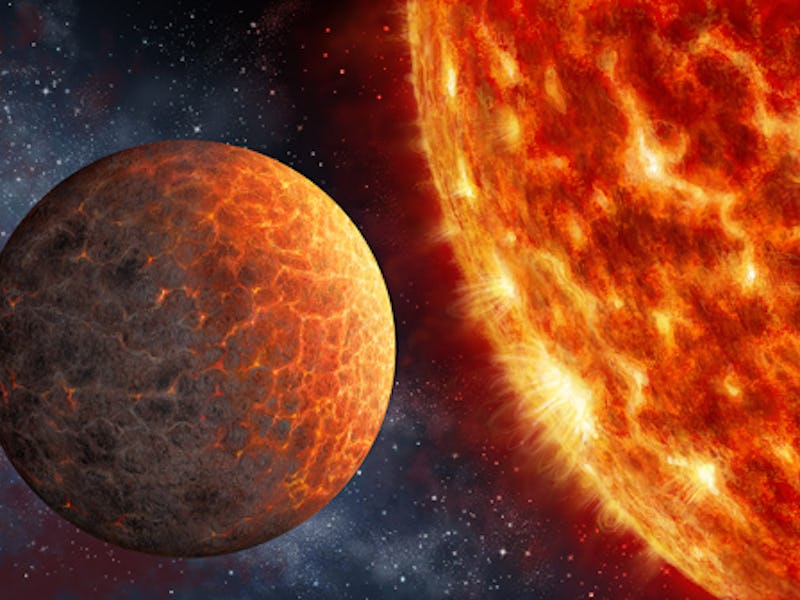Astronomers Found Venus’s Doppelgänger 219 Light-Years Away

Venus has (another) twin, according to scientists who located an exoplanet conceivably also full of toxic swirling gas, extreme temperatures, and atmospheric forces that will kill you dead. Twinsies, in this instance, does not mean separated at birth or even particularly close together — the planet is well outside our solar system at 219 light-years away. Rather, it means that the exoplanet, Kepler-1649b, is an analog of Venus in terms of key features like atmosphere and potential habitability.
The researchers confirmed that the “flux” Kepler-1649b (discovered via the Kepler space telescope) receives from its star is similar to that of Venus. This refers to the both planets’ orientation to their parent stars, meaning orbits that result in a greater flux of sunlight than we get here on Earth, where we’re comparatively farther away from our sun. Still, while Kepler-1649b’s orbit runs just 8.7 days, Venus’s is 225 — but the former’s star is about one-quarter the size and density of our own, and the end result is the aforementioned twinsies deal. The research was published last month in The Astronomical Journal.
The planet is in orbit around Kepler-1649, a low-temperature M dwarf star — smaller, but also redder and dimmer, than our own sun. Astronomers have been watching this one for the last few years, and garnering data that helped inform the more recent characterization of the planet at hand. M dwarfs are the most common stars in the universe, and astronomers have located an enormous number of exoplanets circling them.
“[Studying Venus-like planets is] becoming increasingly important in order to understand the habitable zone boundaries of M dwarfs,” said SETI Institute scientist Isabel Angelo in a press release. “There are several factors, like star variability and tidal effects, that make these planets different from Earth-sized planets around Sun-like stars.”
We’ve found Venus twins before, and they’re proving a valuable tool for studying how and why various exoplanets differ planets differ — making one more Earth-like, or more Venus-like, and so forth. Earth and Venus are comparable in size and density, so the more we learn about the what’s responsible for the marked differences in their atmospheres, the more we learn about the evolution of potentially habitable planets.